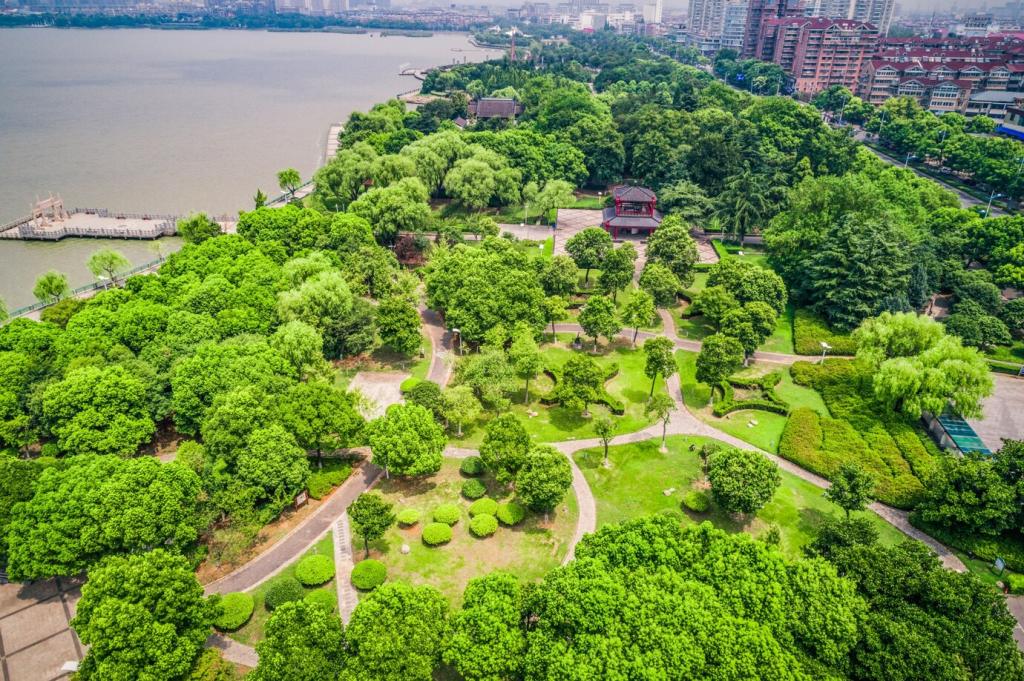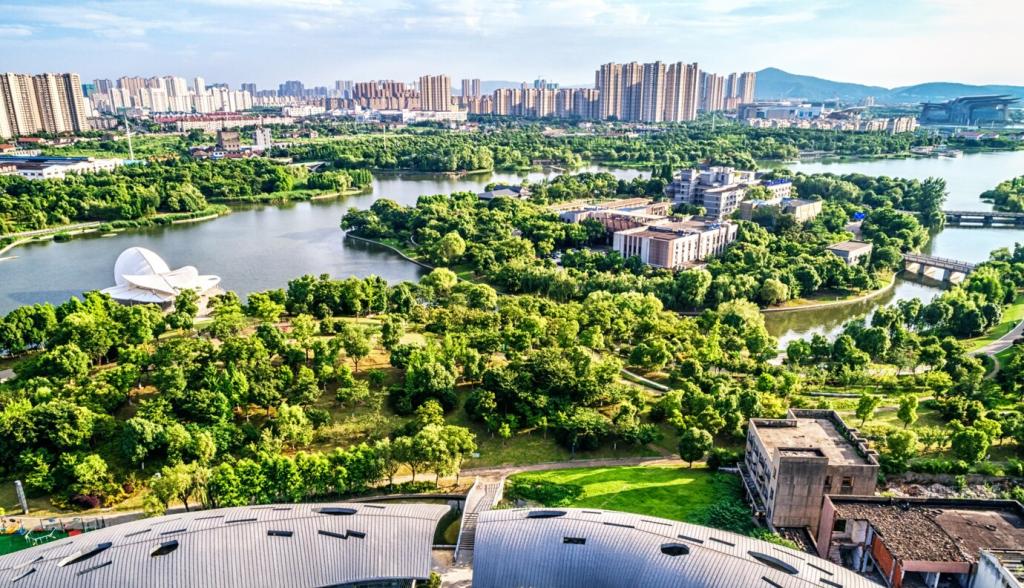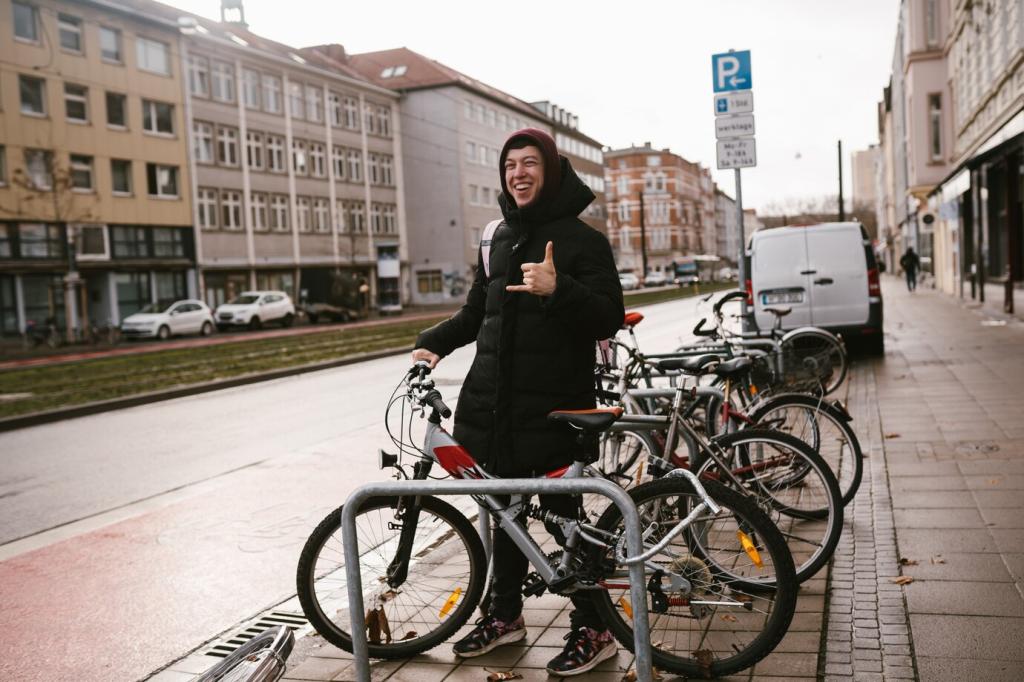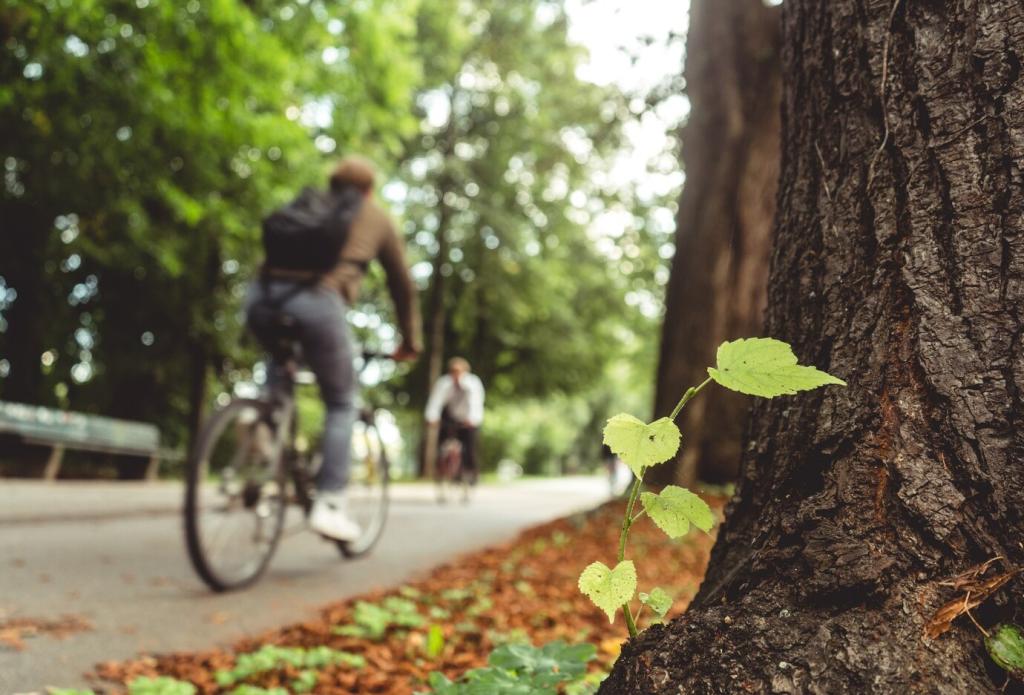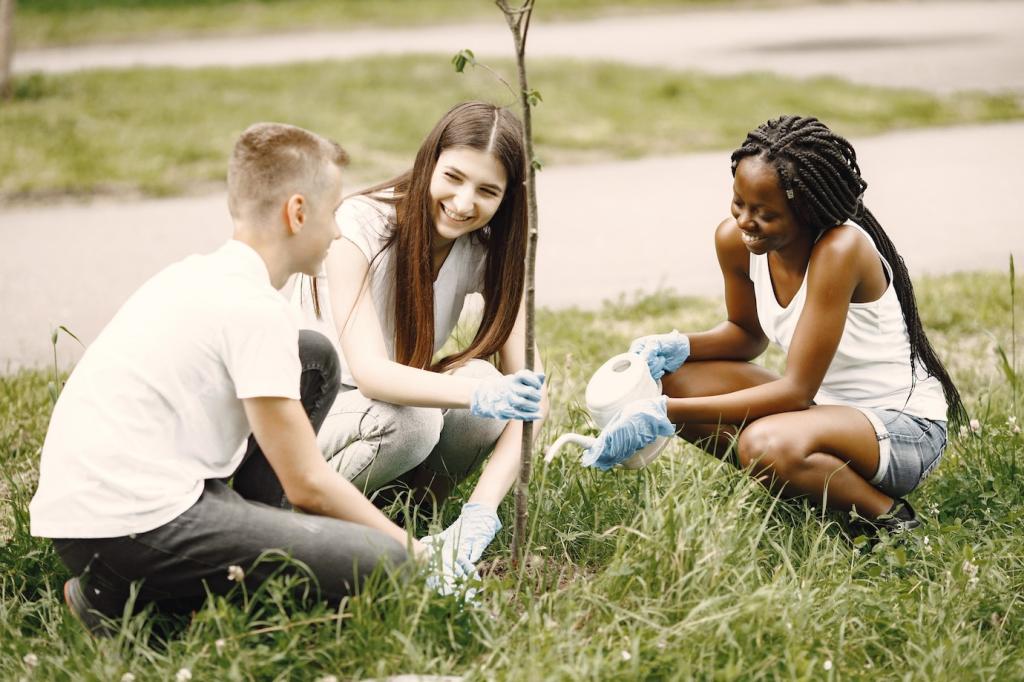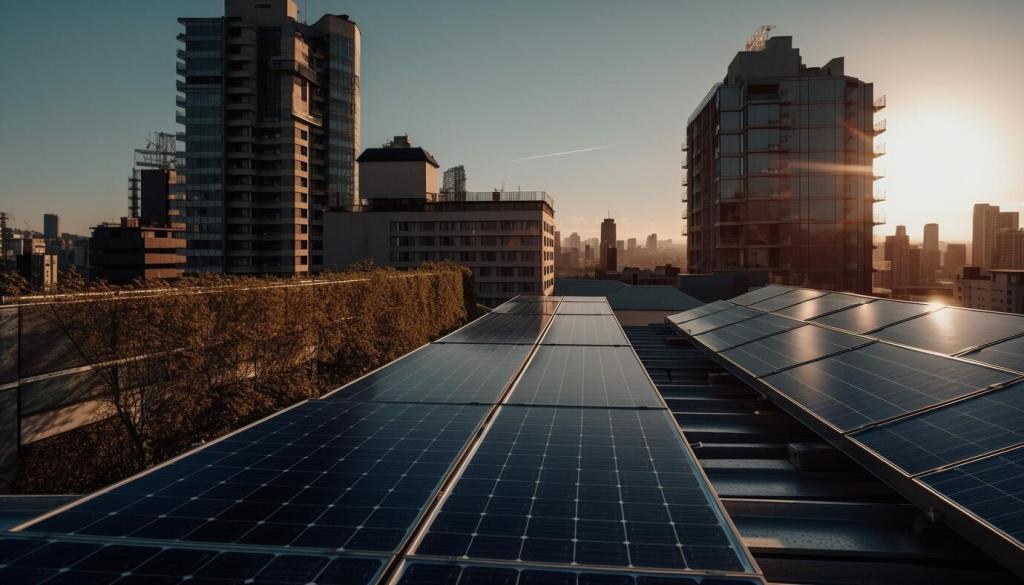Future-Proofing Urban Nature
Choose locally native species proven to handle heat waves and drought, and diversify to hedge uncertainty. Trial small plots and record survival. Comment with tough-as-nails plants thriving near you, helping neighbors build resilient palettes together.
Future-Proofing Urban Nature
Design accessible paths, benches in shade, and multilingual signs that invite all ages to participate. Plantings reflecting local cultures deepen care and pride. Host a community listening session and share your notes to guide the next planting day.


